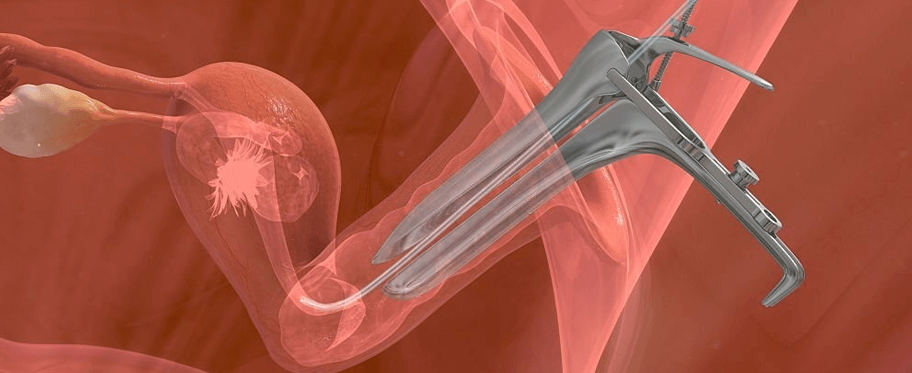
Elective Single Embryo Transfer
When a woman undergoes in vitro fertilization (IVF), she is usually given medicines to stimulate her ovaries to develop more than one egg at a time. Typically, all the eggs that are collected are fertilized with sperm. The fertilized eggs are monitored to see if any develop into embryos. One or more embryos are then transferred back to her uterus.
What is elective single-embryo transfer or eSET?
Elective single-embryo transfer (eSET) is when a woman undergoing IVF chooses to have a single embryo transferred when multiple embryos are available.
Why only a single embryo?
The primary goal of eSET is to decrease the multiple pregnancy rate associated with IVF. In the United States, approximately 30% of IVF pregnancies are twin pregnancy, and another 3% to 4% result in a triplet or higher order (4 or more implanted embryos) pregnancy. Transferring more than one embryo increases the chance of having a multiple pregnancy (twins, triplets, etc.).
Why would I want to avoid having a multiple pregnancy?
Multiple pregnancy is more dangerous for the mother and the fetuses. It often leads to premature delivery. Babies born prematurely are at risk for serious shortterm and long-term health problems such as cerebral palsy, long-term lung and gastrointestinal problems, and even death in the first few months of life. For more information about the risks to mother and babies, please see the ASRM booklet titled Multiple pregnancy and birth: twins, triplets, and high-order multiples.
Are there other ways to prevent a multiple pregnancy with IVF?
Early in pregnancy, the number of fetuses can be decreased in order to increase the chances of having a baby or babies delivered as close to full-term as possible. The procedure is called multifetal pregnancy reduction. This procedure may not be an acceptable alternative for many couples and there are risks, including the possibility of losing the entire pregnancy. eSET reduces the chance you will have a multiple pregnancy and need to consider this procedure.
Am I a good candidate for eSET?
Only women with the best prognosis for a pregnancy should be considered for eSET. Many factors contribute to a successful outcome, and eSET is usually recommended for women who:
- are younger than 35 years
- are undergoing their first assisted reproductive technology (ART) cycle
- have had a successful pregnancy in a previous ART cycle
- have a relatively large number of high-quality embryos
- have embryos available for cryopreservation (freezing to use in a later cycle)
How is the best embryo chosen?
To pick the highest-quality embryo to transfer, the laboratory grades each embryo based on its appearance. This assessment includes looking at the number and size of the cells, the rate of development, and other factors. Different grading systems are used and may vary from clinic to clinic. Systems also differ depending on whether the embryo is being evaluated in the cleavage or the blastocyst stage. No method can reliably predict which embryo will produce live offspring.
Some programs are investigating new techniques for finding the best embryo, such as testing to see if an embryo is genetically normal. It is not yet known if these methods will help increase pregnancy rates.
How successful is eSET?
In women who are considered good candidates, eSET has shown excellent pregnancy rates. There is a small decrease in overall pregnancy rates after eSET because it is sometimes offered to women who are not good candidates for eSET (for instance, patients who have not succeeded in getting pregnant with IVF in the past and/or patients who are older than 35 years). However, freezing extra embryos and transferring in later cycles can give a comparable pregnancy rate without the risks associated with twinning. The benefit in choosing eSET is a dramatic drop in multiple pregnancy rates—overall, twin rates after eSET are around 1%-2%.
Whether to use eSET is a decision each patient should make after talking with her reproductive health professional. The patient should discuss her concerns and ask for clinic-specific success rates with eSET to assist in the final decision making.
The prospect of giving birth to multiple children at one time can feel overwhelming. This option provides you with a manageable alternative.
CHOOSING THE BEST EMBRYO
Many factors are involved in choosing the best embryo for implantation. Our lab performs an assessment on the embryos in order to determine the one with the highest quality. Among the characteristics considered are the number and size of the cells, the rate of development and other factors that identify embryos strong enough to survive.
After assessing the embryos, the lab director determines which embryo is the highest quality. Keep in mind there is no reliable way to determine which embryo will produce a fetus; however, eSET does allow us to determine which one has the best chance of growing.
WHY AVOID MULTIPLES?
There are health risks involved with the development of multiple fetuses in one pregnancy. These risks can affect the mother and the fetuses. Such a pregnancy often results in premature delivery. Babies who are born prematurely have an increased risk of serious long and short-term health problems. These may include:
- low birth weight
- cerebral palsy
- long-term lung problems
- long-term gastrointestinal problems
- other difficulties
Mothers giving birth to several babies at one time may experience high blood pressure, high blood sugar and gastrointestinal difficulties.
Get more information about eSet and the other fertility options available at Chawla Nursing Home and Maternity Hospital when you Schedule an appointment with one of our fertility doctors.
Schedule An Appointment
Get your Appointment Confirm with us Easily

